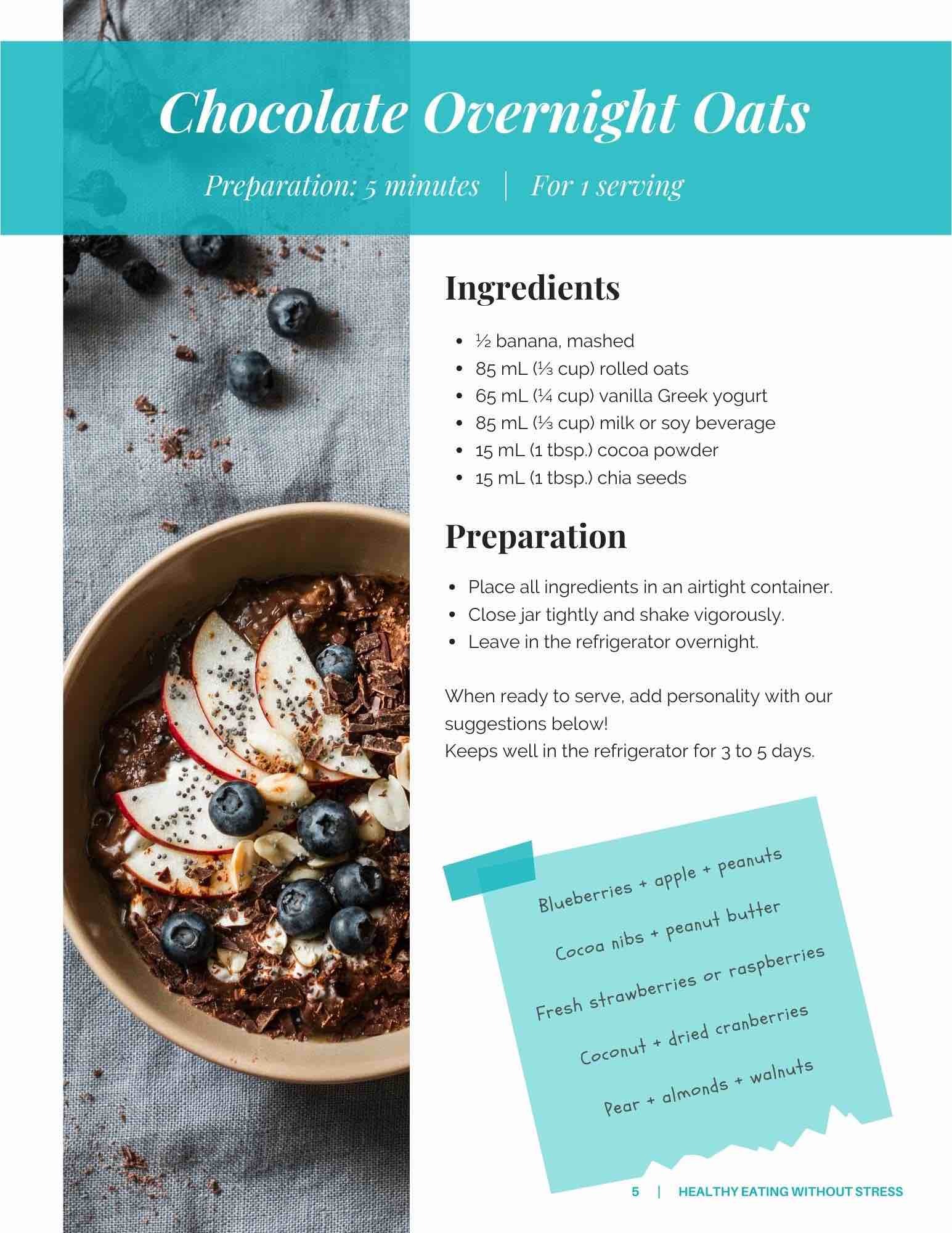
The food guide has finally changed. We were waiting for it with hopeful hearts and enthusiasm to explore uncharted territories. We were promised a breath of fresh air... and it was certainly successful!
The new Canadian Food Guide (CFG) is much more reflective of the context faced by Canadians in 2019. The advice it offers will undoubtedly have a positive impact on nutrition programs and services in the years to come. It encourages cooking more, involving kids in meal prep, and taking the time needed at the table to better respect hunger and satiety signals. However, TeamNutrition dietitians won't use it for individual consultations. Here's why.
1. It's an effective community tool, but not personalized
In private practice, the focus is directly on the client in front of us. Recommendations are specifically tailored to their needs, nutrition goals, schedule, food preferences, and other unique factors. The Canadian Food Guide is a large-scale tool and will never be as personalized as advice given in individual consultations. For one person, drinking water could be the key to making a big difference. For another, it might be increasing protein at dinner. Everyone is different!
2. The distinction between fruits and vegetables is important
Their nutritional composition means that they should be separated into two different categories. Generally, it's suggested to eat more vegetables than fruits in total daily amounts. Both rich in fibre, water, vitamins, and antioxidants, vegetables stand out from fruits due to their remarkably low calorie and sugar content. This difference shouldn't be overlooked.
3. The new CFG doesn't account for medical diagnoses
It's aimed at the general population, which we assume is healthy until proven otherwise. Understandably, specific recommendations for all stages of life and possible diseases couldn't be included. That being said, there are many adaptations needed in cases of dyslipidemia, diabetes or pre-diabetes, constipation, celiac disease, and irritable bowel syndrome, just to name a few examples where diet plays a crucial role in managing the condition.
4. It may not apply at all and could even hinder your performance goals
An athlete focused on performance may not find many of the tips in the new Canadian Food Guide helpful. For example, water isn't sufficient for high-intensity workouts lasting 45 minutes or more, or endurance training exceeding 60 minutes. Another example: refined flours digest more quickly and are useful for recovery between closely-spaced workouts. Whole grains wouldn't be advised in this context.
5. Not all protein foods are equal
Included in the protein food category, nuts and seeds are primarily sources of fats. Generally, nuts (peanuts, almonds, cashews) contain twice as much fat as protein. In the case of pecans, there's a mere 9 g of protein compared to a whopping 72 g of fat!* This means it's highly unlikely that nuts alone would be considered a meal's primary protein source, or else the meal would be very high in calories and possibly lead to weight gain and its known health effects.
*values for 100g of pecans according to the Canadian Nutrient File






